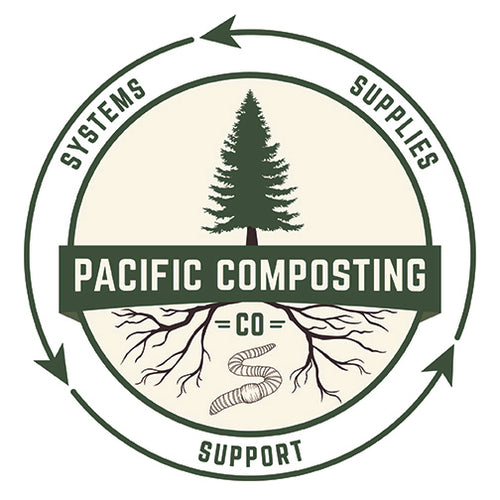 If you are looking for a simple, fairly passive backyard composting method, consider layered composting!
If you are looking for a simple, fairly passive backyard composting method, consider layered composting! This is the most common approach and is very well-suited for yard wastes like grass clippings, weeds and fall leaves, along with compost-friendly kitchen scraps.
You can build nutrient and microbe rich compost if you focus on:
DIVERSITY
- Alternate layers of moistened "brown" (carbon-rich) and "green" (nitrogen-rich) with a variety of materials. The more variety you introduce, the greater your diversity will be!
- An easy rule of thumb is to always bury your "greens" such as kitchen scraps, grass clippings, yard waste, manure from grass eaters, seaweed, alfalfa, clover, coffee grounds, etc... with a thin layer of compost inoculator such as soil, finished compost or vermicast, followed by at least a similarly sized layer (or larger) of "browns".
- Sources of "browns" or carbon-rich materials include: shredded cardboard or newspaper (not coloured), egg cartons, straw/hay, old leaves, hemp, small branches and twigs, wood chips, bark mulch, sawdust from untreated lumber, paper coffee filters, pinecones and pine needles, corn stalks and husks, dead plants, nut shells (excluding walnut), small amounts of wood ash, among other materials.
- Aim for the total volume of the heap to consist of 2/3 "browns" and 1/3 "greens". Remember to always have a layer of "browns" at the top of your pile to help retain moisture and keep pests out.
- Dig in some bokashi pre-compost for even greater microbial diversity!
AIR FLOW
- Start with a layer of twigs and sticks to promote air flow and drainage.
- Avoid thick layers of overly wet materials. As well if you have materials that are very compressed (such as grass clippings) mix them with some coarser brown materials.
- Aerate your pile regularly by mixing it with a pitchfork or an aeration tool. Or you can turn it into another bin.
MOISTURE
- Keep the pile moist, not wet, like a wrung-out sponge.
- To perform a moisture content test for the compost, take a sample from 18”-24” in the heap and simply squeeze the sample tightly and if more than a couple of drops of water drips from the material, then it is too wet.
- Water the pile when necessary!

